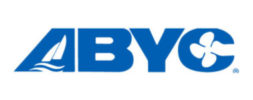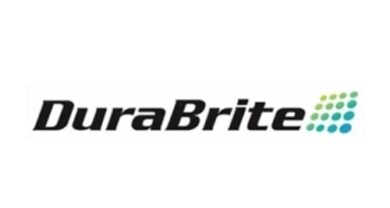Coast Guard approves LEDs for private aids-to-navigation
VANCOUVER, British Columbia, Canada – On December 8, the U.S. Coast Guard enacted a regulation that will allow private aids-to-navigation (PATONs) to use light-emitting diodes (LEDs) versus incandescent light bulbs, reported LED manufacturer Carmanah Technologies Corp. (TSX.V: CMH) in a statement Friday.
Tens of thousands of PATONs in the U.S. will now be allowed to use Carmanah’s solar-powered LED lights as a low-cost lighting alternative, according to the company.
“This U.S. Coast Guard endorsement of LED solid state lighting marks a watershed in marine lighting equivalent to the shift from kerosene to electricity in the last century,” stated Carmanah CEO Art Aylesworth.
Carmanah began building solar-powered LED lights for the U.S. Coast Guard’s federal aids-to-navigation in 1999. PATONs, however, include all marine navigation aids owned and maintained by bodies other than the Coast Guard, including other branches of federal government, state and municipal governments, corporations, small businesses and individuals. These private applications account for more than half of the aids-to-navigation registered in the U.S.
The new rule, effective March 8, 2004, will replace the requirement to use tungsten-incandesent bulbs in PATONs with a performance-based standard that will allow the use of LEDs.
LEDs have many advantages over regular bulbs, according to Carmanah. They burn for up to 100,000 hours, about 20 times longer than the best incandescent bulbs, use up to 90 percent less electricity and are durable and compact.
The new regulation notes that LEDs “may reduce the consumption of power and simplify the maintenance of PATONs.”
“Final approval to use LEDs in PATONs has been a long time coming,” stated Carmanah Marine Division Manager Mimi Drabit. “We have already proven our technology by meeting the strict regulatory standards for federal navigation aids. Now we can also serve the larger consumer/private aids market with LED solutions that are less expensive and more durable than traditional lighting with the added incentive of being maintenance-free.”
- For more of the latest news, click here.




